Motorola Edge (2024) vs Google Pixel 8a: It's hard to beat the Android king
We may earn a commission if you make a purchase from the links on this page.

Intro
With Motorola's mid-range phone for the US market finally out, we have a pretty interesting battle heating up between the Edge (2024) and Google's Pixel 8a. Both phones come in around the $550 mark for their 256GB storage variants, and both are visually unique.
We are looking at two very different phones here, but the differences go further than just looks. There is a significant difference in the chipset performance and the battery/charging experiences between these two cool Android mid-rangers.
We are excited to show you how the Motorola Edge (2024) and Pixel 8a compare to each other, alongside with some interesting finds we had during our time with them. We will be getting into details like benchmark and real life performance, the way Motorola and Google utilize the dual camera systems and much more, so let's get into it!
Motorola Edge (2024) vs Pixel 8a differences explained:
| Motorola Edge (2024) | Pixel 8a |
|---|---|
| Taller but lighter | A more compact body but somewhat thicker |
| Larger and smoother 6.6-inch display with 144Hz refresh rate | A smaller 6.1-inch screen with 120Hz refresh rate and higher brightness |
| Goes only up to 4K 30FPS video recording | Can shoot at 4K 60FPS with all cameras |
| Only one storage option: 256GB | You can choose between 128GB and 256GB, and storage is faster and more power-efficient |
| Only 2 years of major OS updates | 7 years of software support |
| 5,000mAh battery and much longer battery life | 4,492mAh battery and significantly shorter battery life |
| Much faster 68W wired and 15W wireless charging | 18W wired and 7.5W wireless charging |
Table of Contents:
Also read:
- Pixel 9a release date expectations, price estimates, and upgrades
Design and Display Quality
Couldn't be more different from each other
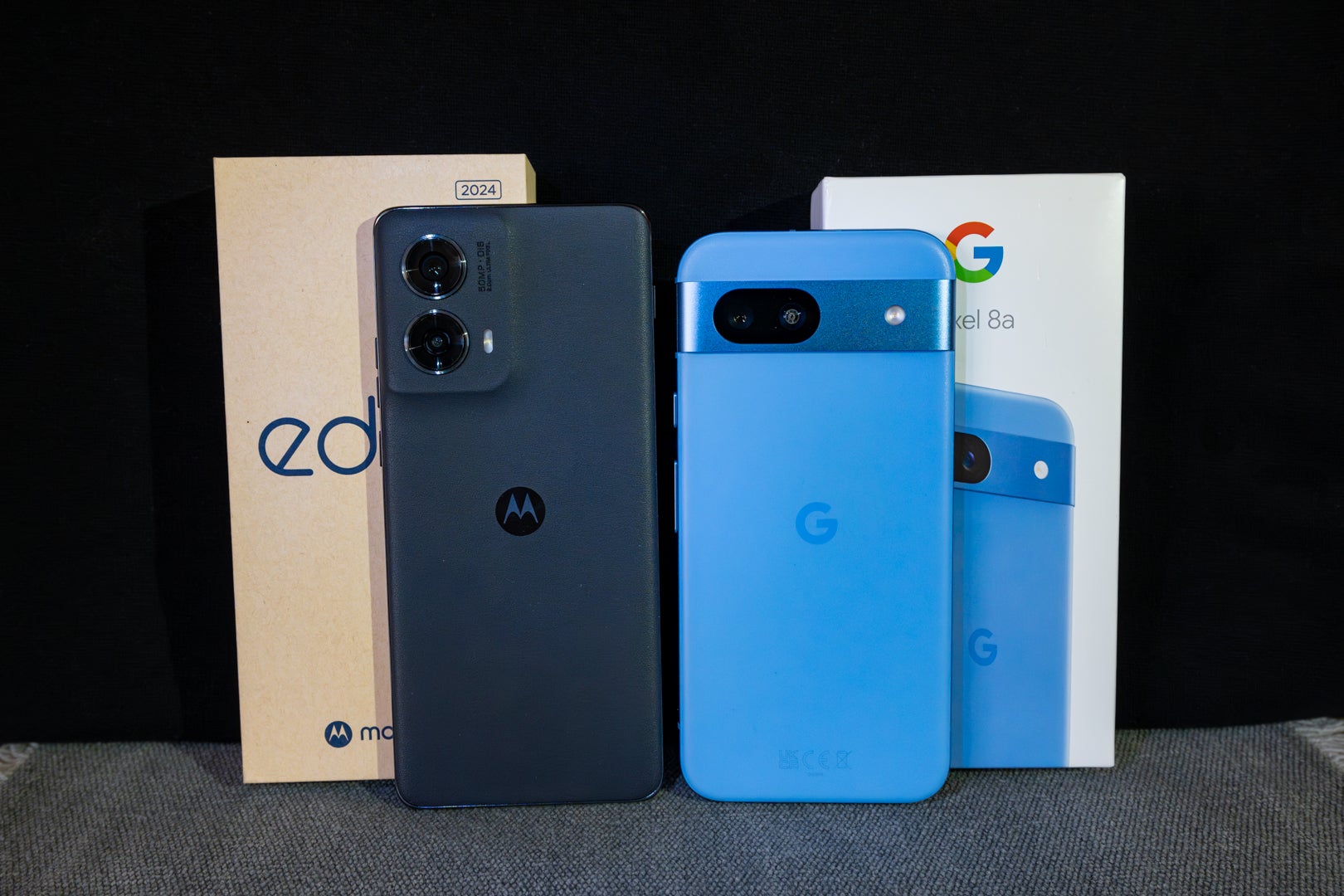
Both phones have a design twist to make them stand out (Image by PhoneArena)
The only resemblance looks-wise between the Motorola Edge (2024) and the Pixel 8a is that both try to stand out from the competition by implementing something more creative into their design.
The Edge, for example, uses a vegan leather (silicone) material instead of glass, which is what other phones traditionally have for their back panels. On the other hand, the Pixel 8a has that iconic camera bar at the back that houses the main and ultra-wide cameras, which is a design element that has distinguished it from other phones on the market since the Pixel 6 series first introduced this look.
We have to point out that these interesting design elements affect more than just the phones' looks. We felt the vegan leather back of the Edge made it less slippery and clean, as it did not attract fingerprints. As for the the camera bar on the Pixel 8a, it helped the phone stay stable and eliminated any wobble when we placed it on a flat surface with the back facing downwards.
Another major differentiating factor is the size difference. The Edge (2024) is noticeably thinner, which makes it easier to grab firmly. That being said, it is also much taller than the Pixel 8a so we didn't find it as easy to use one-handedly.
What's interesting is that even though it takes up more space inside your pocket, the Motorola Edge (2024) is noticeably lighter, which further helped with handling it.
One small difference when it comes to durability is that the Edge (2024) has an IP68 dust and water resistance rating, which is very slightly better than the IP67 rating on the Pixel 8a. Absolutely not a deal breaker though.
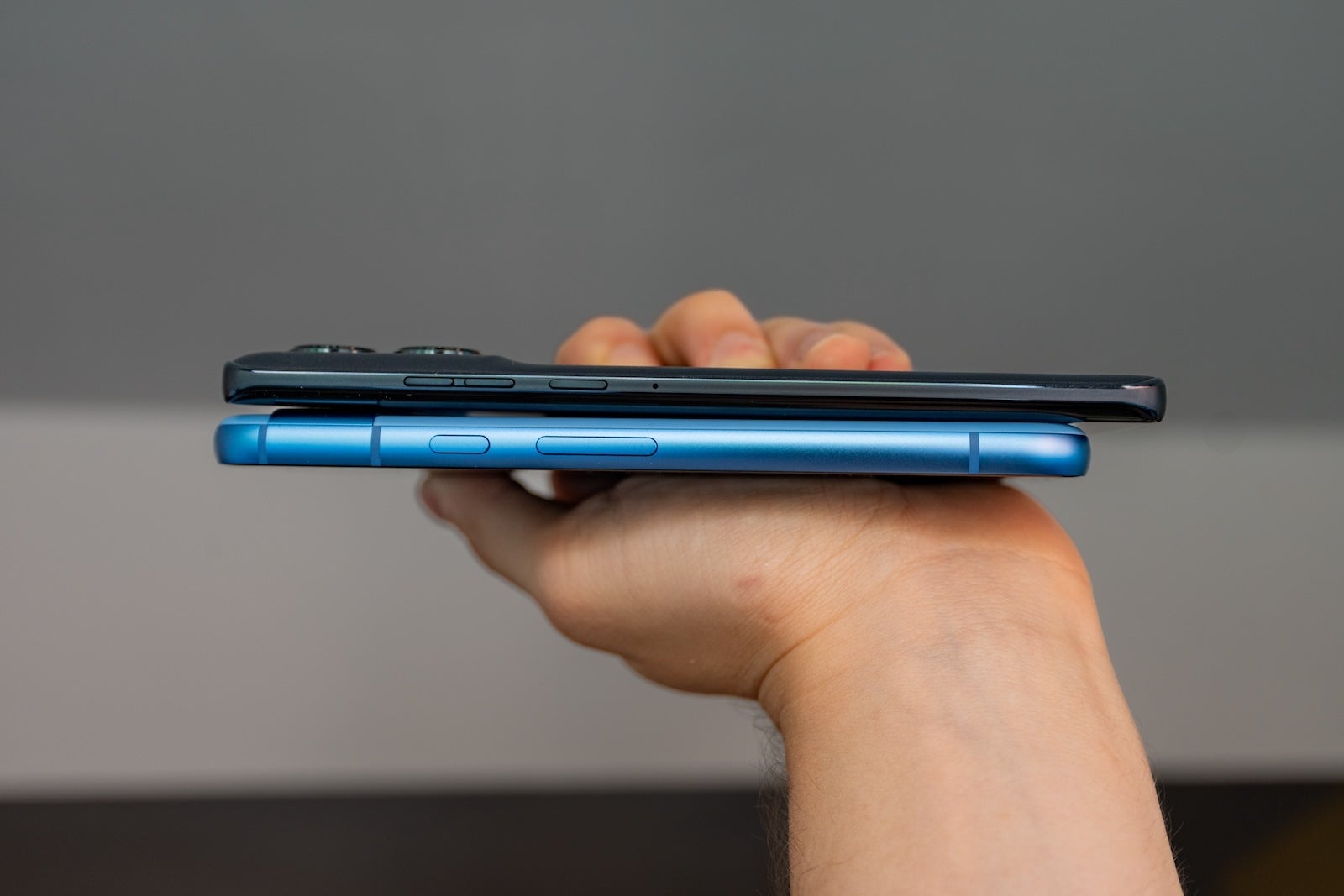
The Pixel 8a is smaller but the Edge (2024) feels more comfortable to hold (Image by PhoneArena)
Both phones have buttons that are satisfyingly clicky, but we found the Pixel 8a's button placement a bit tricky and counterintuitive. The power button is above the one controlling the volume, so we had a lot of instances where we wanted to lock the phone but changed the volume instead.
The Edge (2024) has its power button below, closer to where your thumb usually sits as you hold the phone. It also has two separate buttons for the volume down and up functions, as well as an additional customizable button on the top left side, which can be mapped to your favorite feature or app.
We customized the additional button to open the camera app, and it worked quite well—a very convenient thing to have in our opinion.
The Edge (2024) has its power button below, closer to where your thumb usually sits as you hold the phone. It also has two separate buttons for the volume down and up functions, as well as an additional customizable button on the top left side, which can be mapped to your favorite feature or app.
We customized the additional button to open the camera app, and it worked quite well—a very convenient thing to have in our opinion.
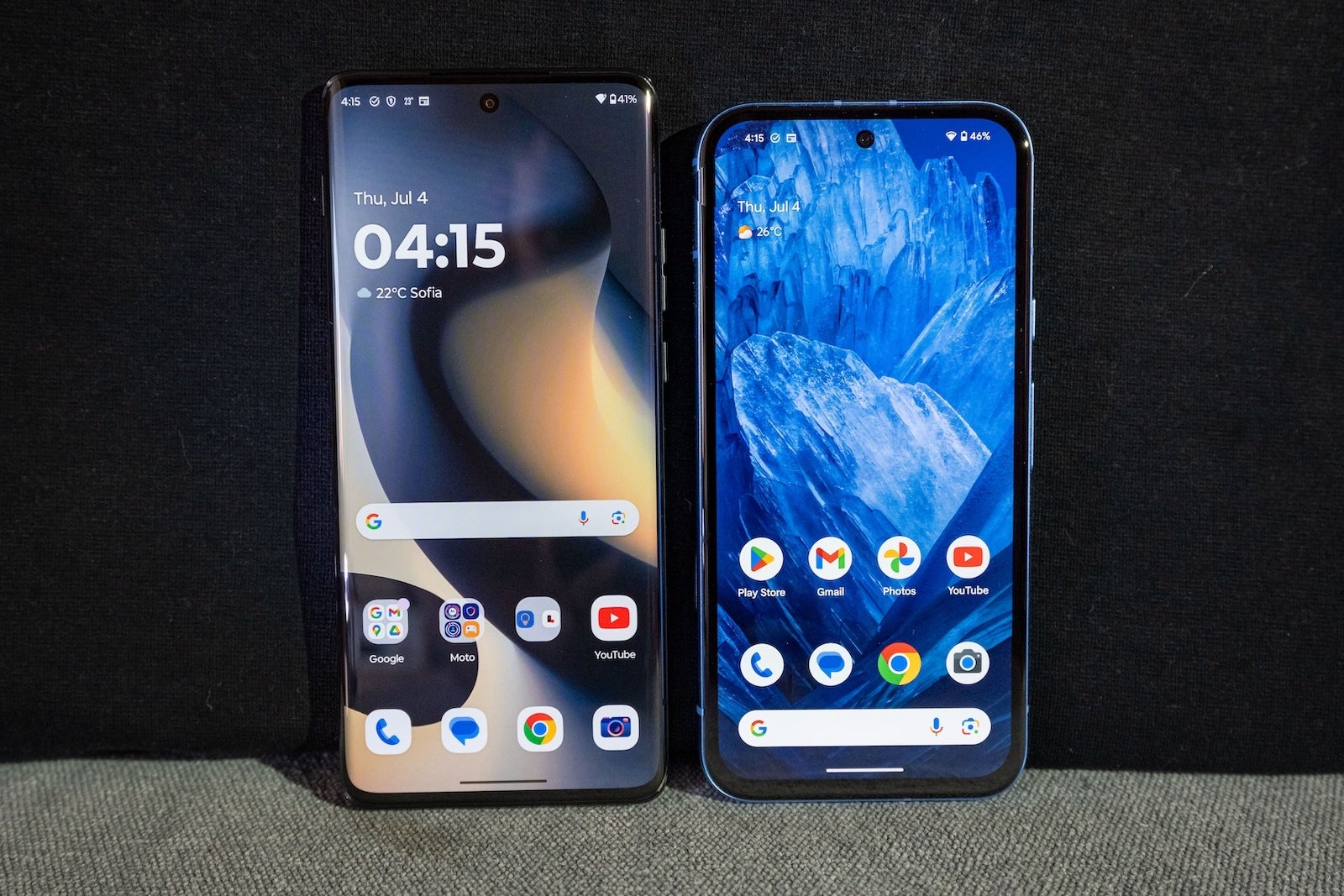
Both displays look absolutely gorgeous, but there is a major caveat to each of them (Image by PhoneArena)
We are looking at two awesome displays here, so no matter which phone you go for you won't be left disappointed. That being said, there are two major caveats that need pointing out, and both of them could be deal breakers for many buyers.
Starting with the Motorola Edge (2024), despite how cool the edge display that wraps around the phone's sides looks, it suffers from major reflection issues. That means that the ambient light reflects from the edges of the display, which can quickly become distracting when you are watching a movie or a YouTube video.
The Pixel 8a's display is flat, but its problem are the outlandishly thick bezels surrounding it. It's almost as if you are looking at the iPhone XR from 6 years ago... They are not even completely uniform, which would have at least made the display look somewhat better. Instead, the lower bezel is visible thicker than the rest.
The display refresh rate reaches high numbers with both phones. The Edge can go up to 144Hz while the Pixel up to 120Hz. They make scrolling and playing games smooth and an enjoyable experience.
The Pixel 8a has showed one of the highest scores we have seen in our display lab tests, especially in its price range. But the Motorola Edge (2024) is not that much further behind it, and we didn't actually notice any difference while holding the two phones under direct sunlight during noon, which is the brightest part of the day.
Performance and Software
The biggest tripping stone for the Motorola Edge (2024)
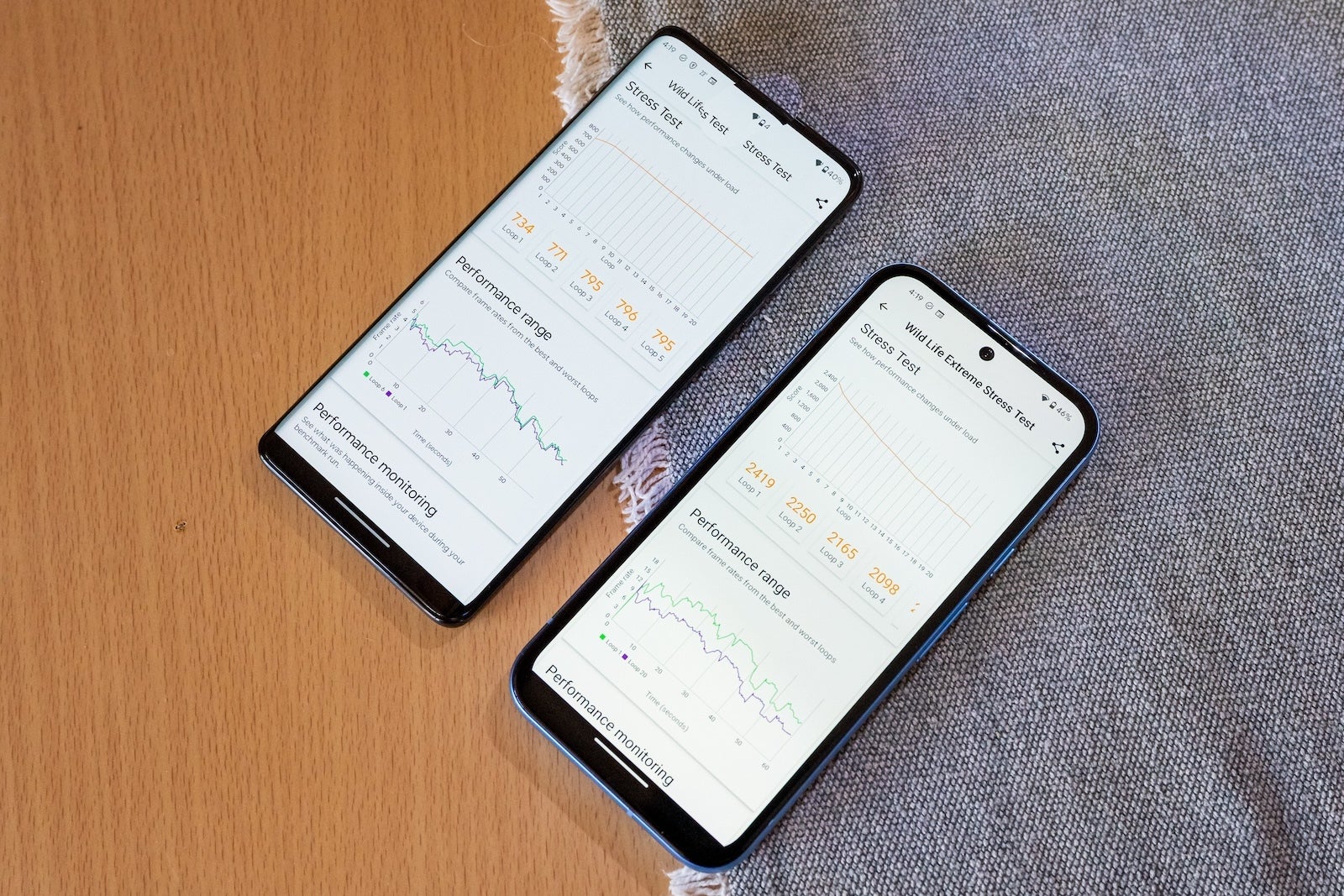
The Pixel 8a absolutely demolishes the Motorola Edge 2024 in benchmark tests, but the difference is not so obvious in real life (Image by PhoneArena)
There is a big difference when it comes to the chips used by the Edge (2024) and the Pixel 8a. The Edge (2024) comes with the Snapdragon 7s Gen 2, which is a mid-range processor with overall mediocre performance, whereas the Pixel 8a has the Tensor G3, which is the same silicon powering the company's flagships from 2023.
Both phones come with 8GB of RAM but the Pixel 8a's is the significantly faster LPDDR5x RAM vs. the LPDDR4X RAM inside the Edge (2024).
Performance Benchmarks:
It's more than obvious how superior the Pixel 8a's Tensor G3 chip is compared to the Snapdragon 7s Gen 2 from the benchmark results above. In terms of graphical performance it is even more than twice as capable.
Despite the benchmark results though, we struggled to see any difference in performance during our time with these Android mid-rangers. The Edge (2024) performed greatly when tested, even with higher frame rates than 60FPS, and so did the Pixel 8a.
Storage-wise, there is only one option with the Motorola Edge (2024) and it is 256GB, which will cost you $549. The Pixel 8a starts at $499 but with 128GB of storage, and goes up to $559 for the 256GB variant.
As for software, there are a few noteworthy points to make here. First, the Pixel 8a comes with much longer 7 years software support compared to the abysmal 2 years that Motorola offers with the Edge (2024). Second, you get a bunch of neat AI features with the Pixel 8a like the Magic Editor, Photo Unblur, Face Unblur and more.
Otherwise, both phones come with Android 14 out of the box and both have clean software UIs. The Edge (2024) does have an added benefit with its iconic gestures like a chop motion to turn on the flashlight or a twist motion to turn on the camera.
Camera
Camera software optimization is key
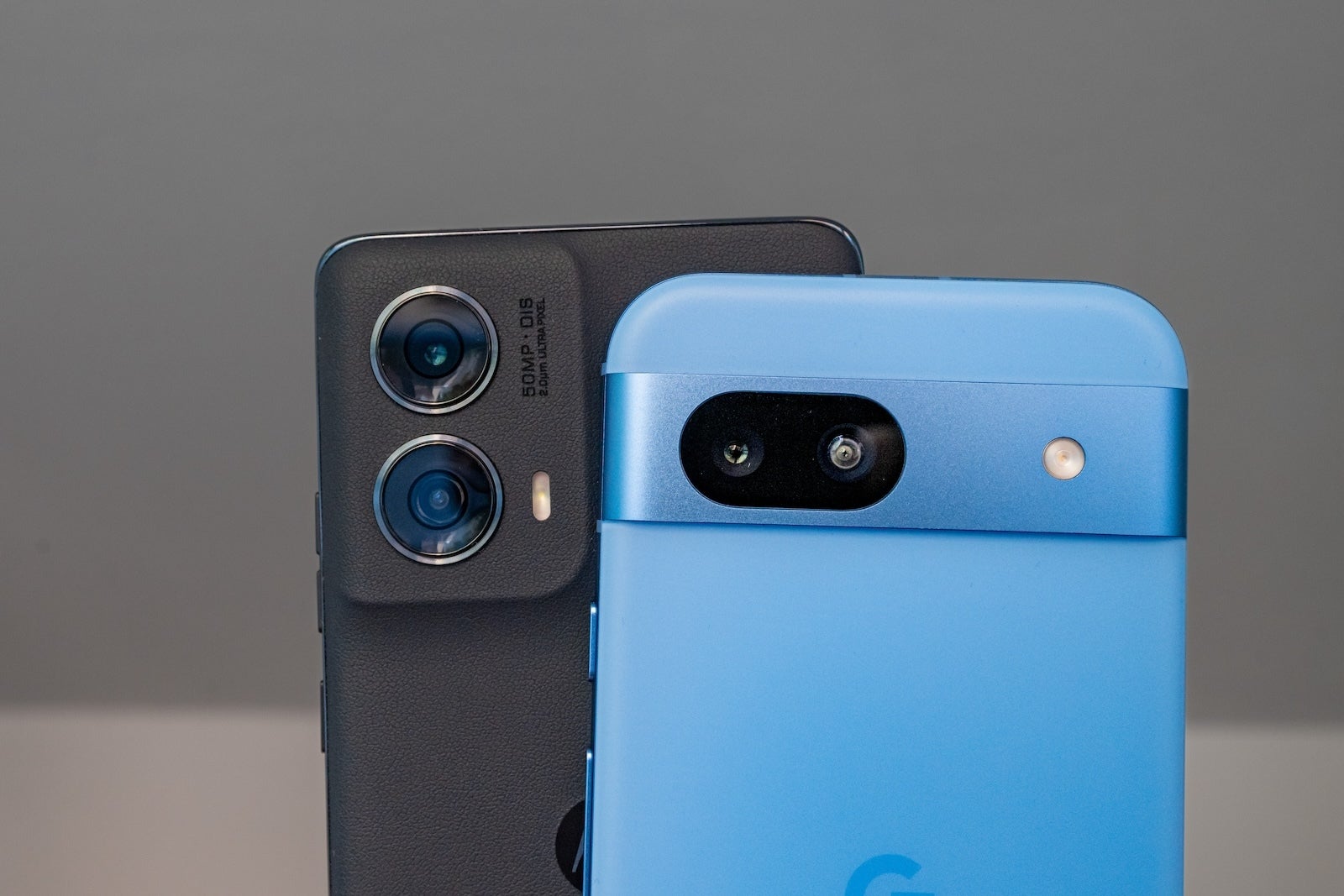
Both phones come with a wide and ultra-wide camera, and they produce similar image quality but handle colors very differently (Image by PhoneArena)
The Motorola Edge (2024) and the Pixel 8a achieved the same overall score in our dedicated PhoneArena Camera Score evaluation system. Both phones come with dual camera systems at the back that consist of a main (wide) and an ultra-wide camera, as well as a front camera embedded inside their displays.
Here's a quick overview of the camera specs.
Motorola Edge (2024) camera specs:
- 50 MP, f/1.8 aperture, 1/1.5" sensor size, OIS
- 13 MP, f/2.2, AF
- 32 MP, f/2.4, AF
Pixel 8a camera specs:
- 64 MP, f/1.9, 1/1.73"
- 13 MP, f/2.2, no AF
- 13 MP, f/2.2, no AF
Main Camera
Here the main cameras both produce sharp images, but we are definitely not fans of the aggressive post-processing that the Motorola Edge (2024) does. The contrast is just too (insert meme here) high, which makes the darker and brighter areas lose detail, making the photo appear punchy, but ultimately low quality.
On the other hand, the image from the Pixel 8a is balanced much better, with more visible details in the shadow and bright areas, which means the HDR performance is much better here. The image could use a bit of a touch to make the shadowy areas and the flowers appear brighter and pop more, but everything else is on point.
Zoom Quality
As already mentioned, neither of these phones has a dedicated telephoto camera, but it appears to us that the Pixel is handling the 2X digital zoom better than the Edge (2024) here. The letters seem more readable, whereas in on the image from the Motorola they are blurrier and there's some excessive artificial sharpening.
Ultra-wide Camera
The ultra-wide camera on the Motorola Edge (2024) suffers from the same issues as its main camera. Besides the super-contrasty look, though, we are also seeing unrealistic blue in the sky. The image from the Pixel 8a's ultra-wide camera is much better, with more detail and realistic colors in comparison.
Selfies
We really don't like how sickly the Edge (2024) has made the skin look by adding a green/yellow tint to it. It has completely missed the mark in terms of skin color and white balance. Not to mention that HDR performance is not ideal, considering the over-brightened leafs and grass. It is obvious, however, that the Motorola produce sharper selfies thanks to its 32MP front camera.
The selfie from the Pixel 8a might not be as sharp as that from the Edge (2024), but we would take the nice balance of light and accurate colors over higher sharpness any day.
Video Quality

While the Edge does take 4K 60FPS video like the Pixel 8a, the quality of its 4K 30FPS video is admirably good. It was also very surprising to see how smooth the stabilization is both when shooting with the main and the ultra-wide camera on the Motorola.
The Pixel 8a, however, retains a consistent level of image quality throughout both cameras and even when zooming in digitally, with consistent colors and ample detail. It might seem like a small detail, but it is also worth pointing out that the transition between the main and ultra-wide camera during recording is smooth, unlike with the Edge (2024).
Battery Life and Charging
The Edge (2024) has this one in the bag, easily
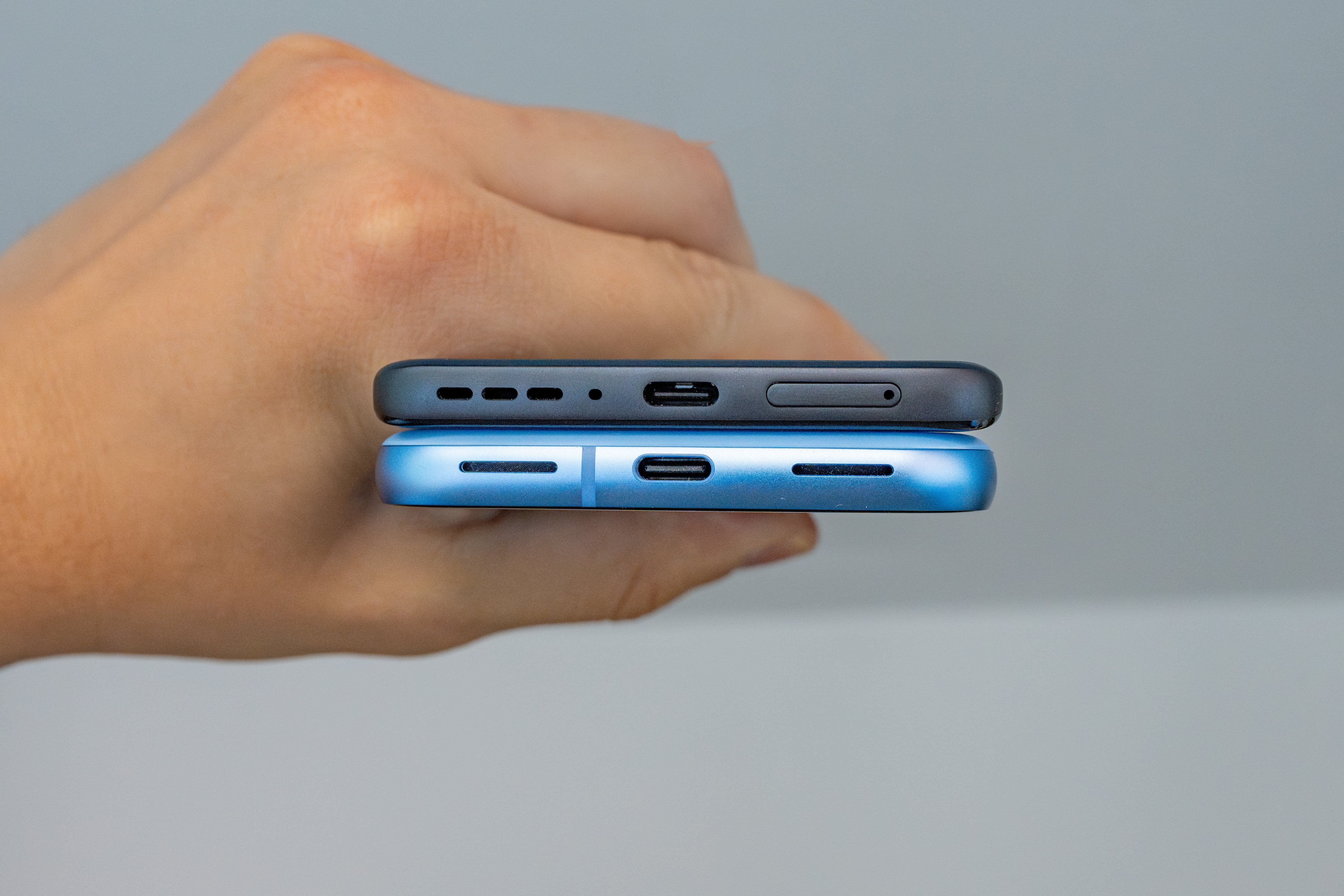
Both phones use USB-C for charging, but the Edge has much faster charging speeds (Image by PhoneArena)
Even though the Pixel 8a's 4,492mAh battery is not that much smaller than the Edge's 5,000mAh one, the difference in battery life that we measured in our battery life tests is great. The decisive winner is the Motorola in this case, and a large part to play into that result is probably the less powerful Snapdragon 7s Gen 2 chipset.
The Motorola Edge (2024) lasted about 5 hours more during our Web Browsing test, a little over 2 hours in our Video Streaming test, and almost 2 hours in our 3D Gaming battery life test. That is not to say the Pixel 8a is bad in terms of battery life, we are just saying the Edge (2024) is a few steps ahead.
The Motorola also wins when it comes to charging speeds, which is not surprising given its 68W wired charging and 15W wireless. In comparison, the Pixel 8a has 18W wired and 7.5W wireless.
Despite its larger battery, the 68W for the Edge (2024) brought it to almost 50% in 15 minutes during our charging test, while a full charge was achieved after just 39 minutes.
The Pixel 8a struggled and was far behind those speeds, with a 22% charge after being plugged in for 15 minutes, and taking a whole 1 hour and 46 minutes to charge fully.
Audio Quality and Haptics
In all honesty, neither the Motorola Edge (2024) nor the Pixel 8a have great audio quality. The sound coming out of the Edge is tinny and lacks some of the mid and especially the low frequencies, giving off a sense of being shallow.
But arguably worse is the Pixel 8a, and that is because we think it is barely enjoyable to listen to if the volume is turned up to any higher than 70%. We are not sure if it is our unit in particular, but the sound becomes to heavily distort when you go higher in volume, and while that usually happens only in the last couple clicks with other phones, with the 8a it is 4 or 5 clicks before hitting maximum volume.
If we have to pick the lesser evil here, we would definitely go with the Edge, as at least there is no distortion there. Even if the sound is not rich and full, at least you can listen to it in noisier environments or if you are further away from the phone.
Thankfully, the situation with haptics is different. Both phones have haptic feedback that feels strong but also precise, which makes it a pleasure to type and navigate the UI.
Specs Comparison
Here’s a quick comparison of the main specs. For a more detailed view, check out our Motorola Edge 50 Ultra vs iPhone 15 Pro Max specs comparison page.
| Specs | Motorola Edge (2024) | Pixel 8a |
|---|---|---|
| Dimensions | 159.6 x 72 x 8.1 mm (6.28 x 2.83 x 0.32 in) | 152.1 x 72.7 x 8.9 mm (5.99 x 2.86 x 0.35 in) |
| Weight | 174 g (6.14 oz) | 188 g (6.63 oz) |
| Screen | 6.6-inch AMOLED 144Hz | 6.1-inch OLED 120Hz |
| Processor | Snapdragon 7s Gen 2 (4 nm) | Google Tensor G3 (4 nm) |
| RAM, Storage and Price | 8/256GB for $549 | 8/128GB for $499 |
| Cameras | 50MP main, f/1.8 13MP ultra-wide, f/2.2 32MP front | 64MP main, f/1.7 13MP ultra-wide, f/2.2 13MP front |
| Battery Size | 5,000 mAh | 4,492 mAh |
| Charging Speeds | 68W wired 15W wireless | 18W wired 7.5W wireless |
Which one should you buy?
The Motorola Edge (2024) has a few great things going for it. For starters, its design is ergonomic and makes it easy to handle without a case thanks to the thin form factor and the anti-slippery back. Its strongest selling point is its impressively long battery life and the speedy charging capabilities.
What makes us think twice when it comes to recommending the Edge (2024), however, is its extremely short software support cycle. Two years does not even cover the bare minimum for a phone that costs around $500, especially in 2024.
The Pixel 8a comes with a much longer 7 years of software support. It also has a more reliable camera performance compared to the Edge (2024) when it comes to things like color representation and camera app performance.
While there is also a major difference in performance on paper, we did not notice it while using the phones so we won't say it is a deciding factor in this comparison. The displays are also great no matter which option you pick, so it really boils down the the pros and cons mentioned above.
All in all, for us the better choice is the Pixel 8a, mainly because of the more reliable software support and the fact that you are getting some flagship-level AI features.
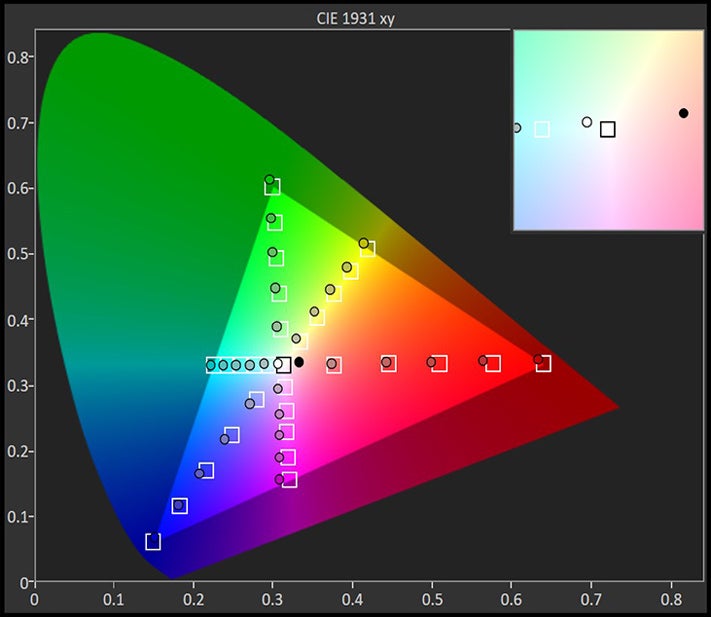






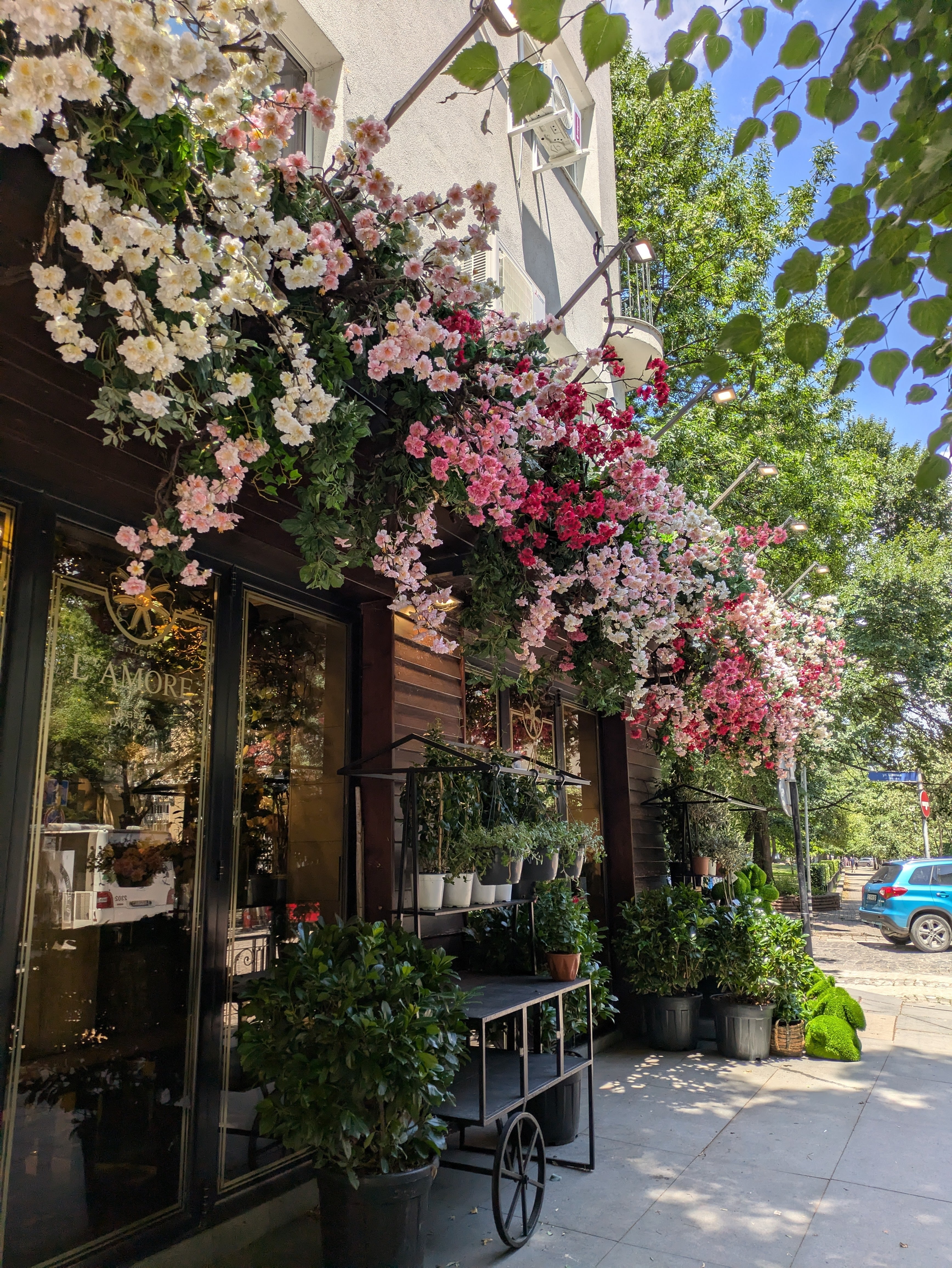

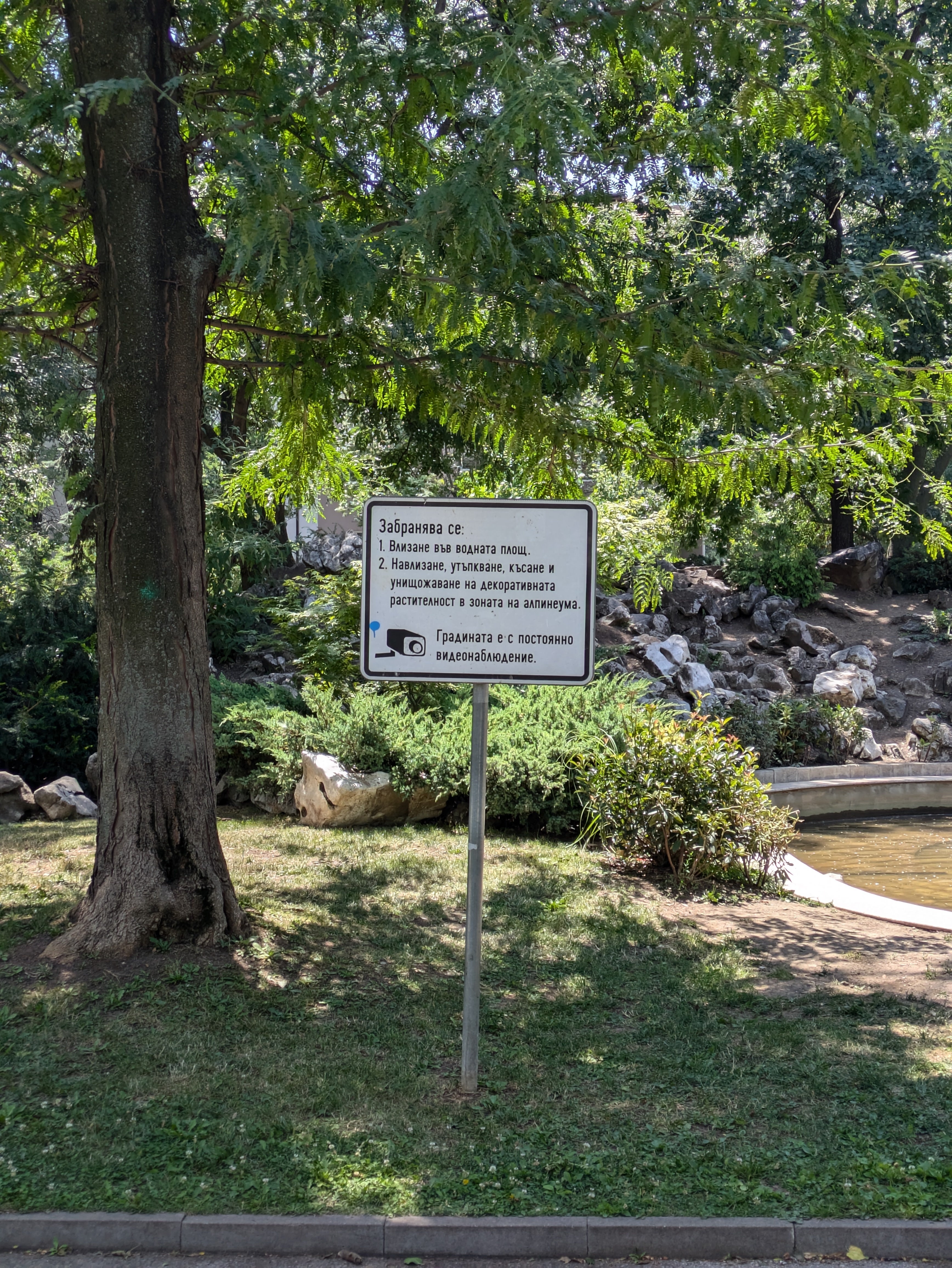
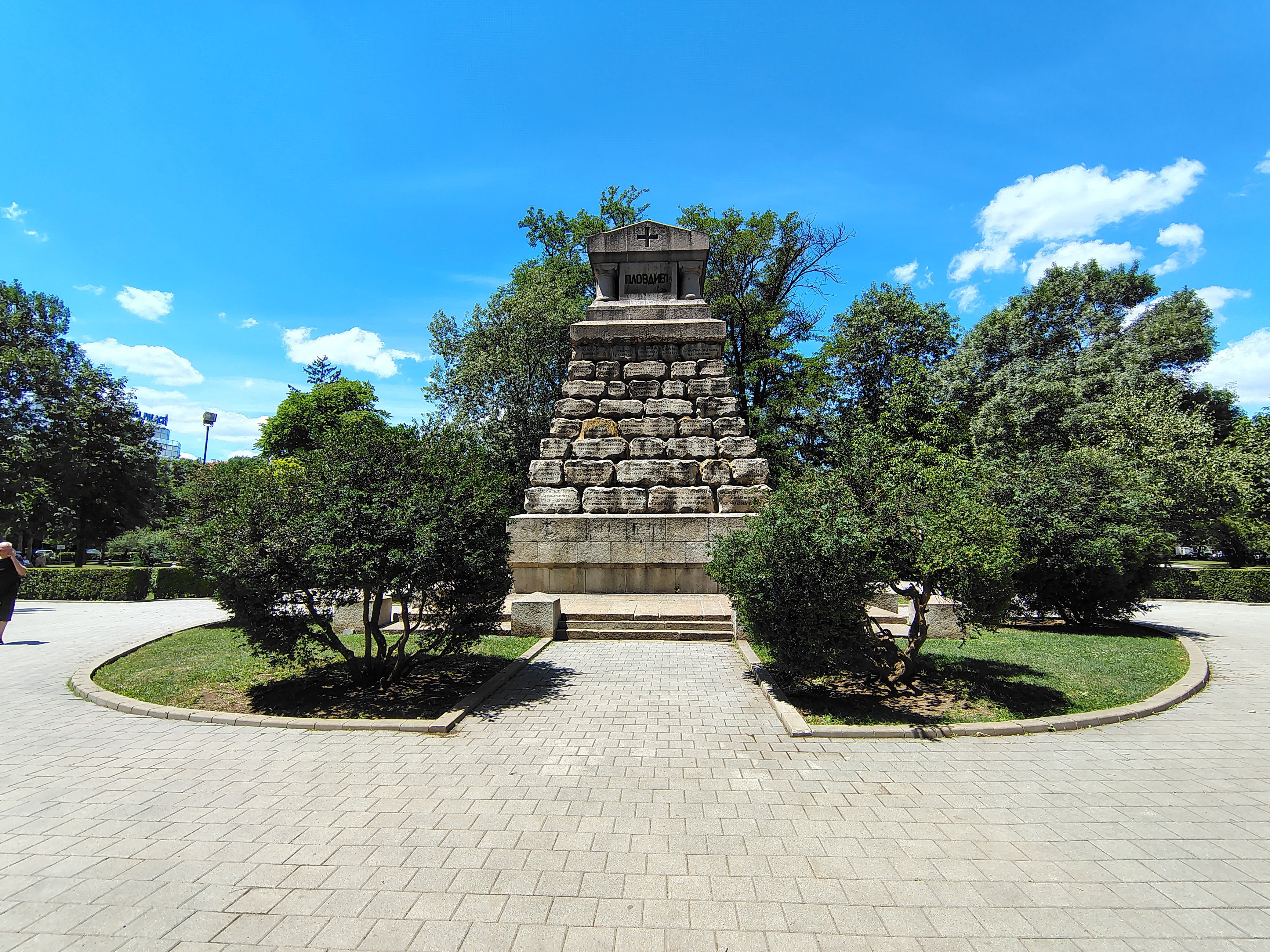
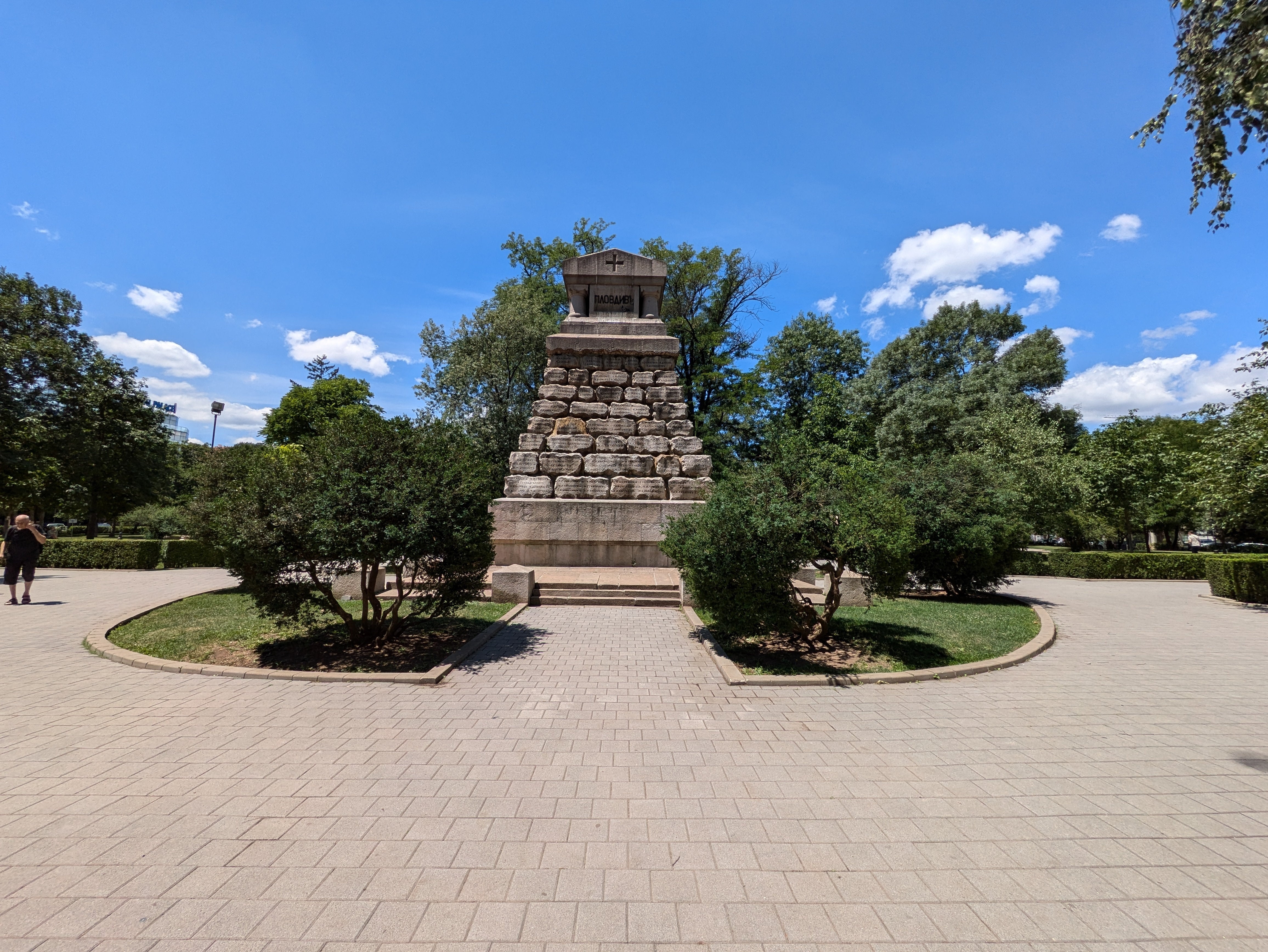



![T-Mobile users can get iPhone 16 for the price of a budget phone (no new line) [UPDATED]](https://m-cdn.phonearena.com/images/article/167601-wide-two_350/T-Mobile-users-can-get-iPhone-16-for-the-price-of-a-budget-phone-no-new-line-UPDATED.jpg)
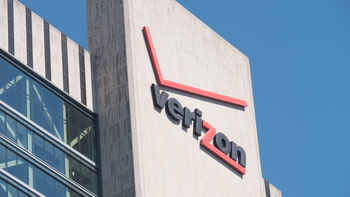
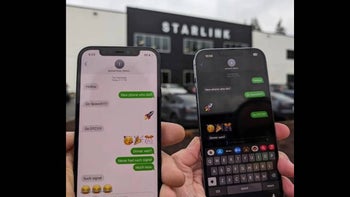
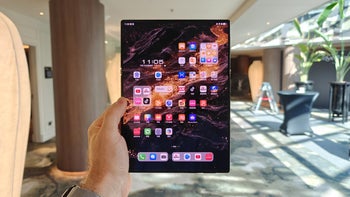
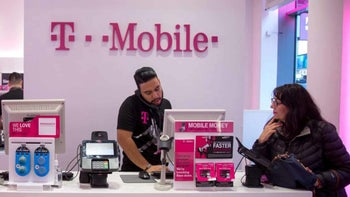
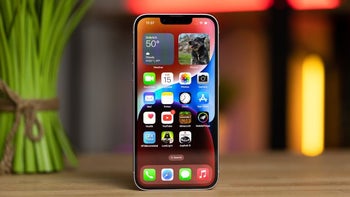
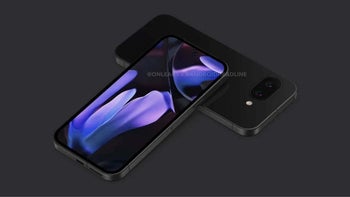
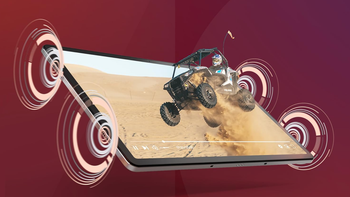
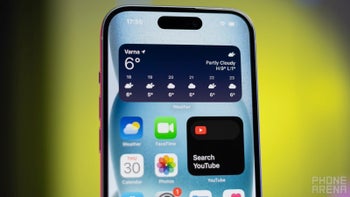
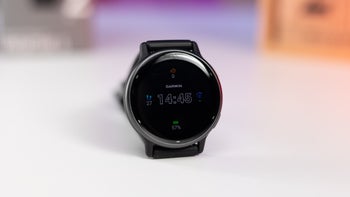
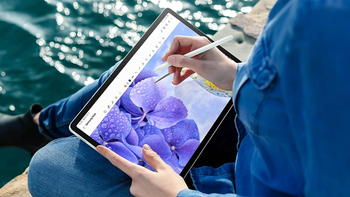
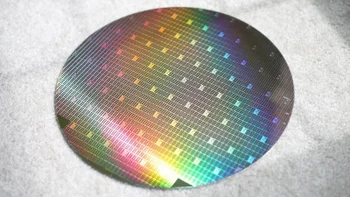






Things that are NOT allowed: